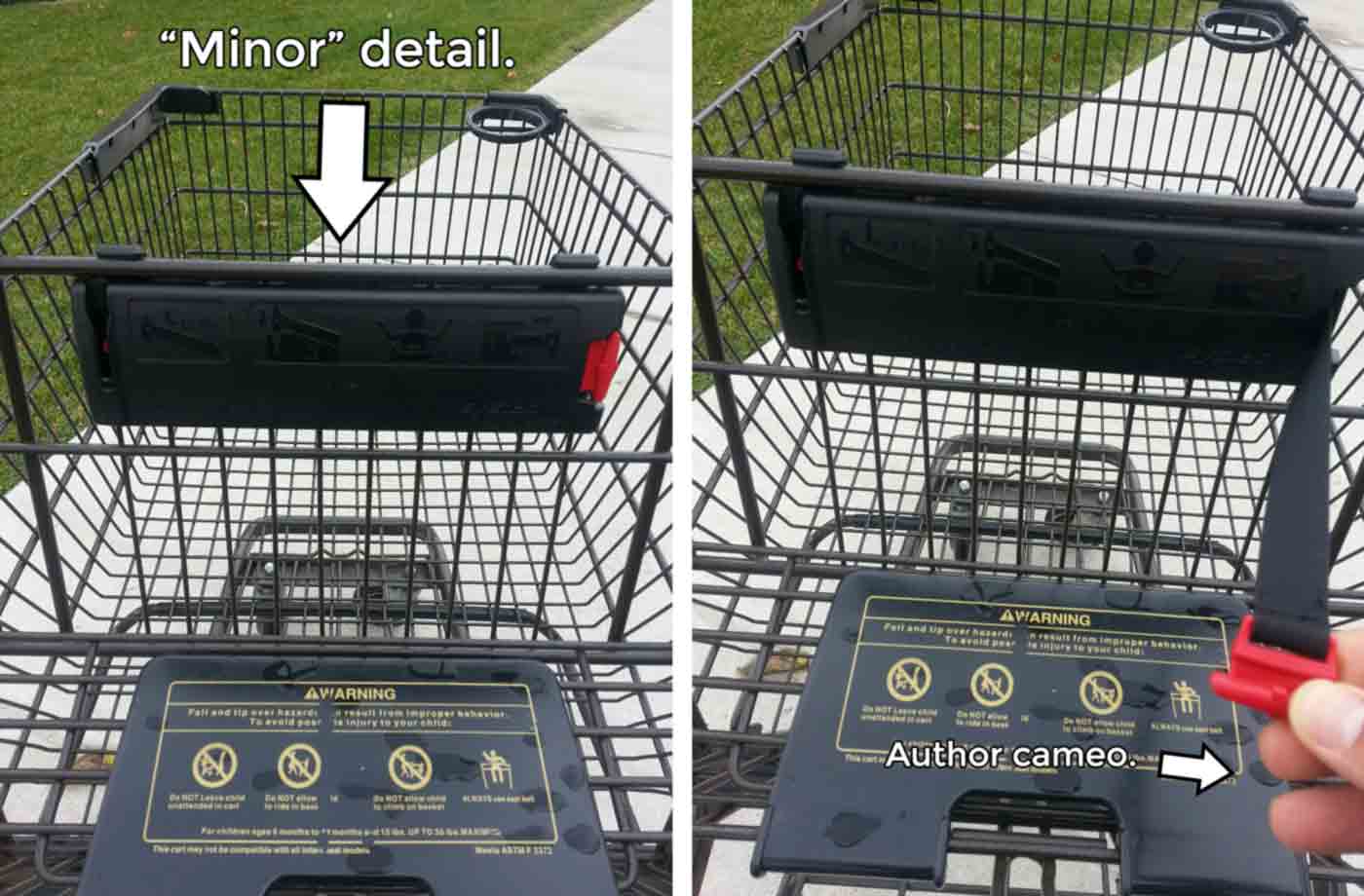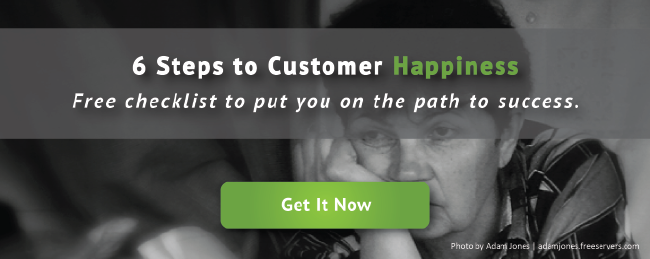Have you heard of the Iceberg Theory? It stems from the writing style of Ernest Hemingway, who believed the underlying meaning of stories shouldn’t be visible on the surface.
In this post, we’ll talk about how that theory applies to customer experience. Let's dive in.

What Lies Beneath
The Iceberg Theory is similar to another premise in design that argues good design is 99% invisible. (Where this great radio show gets its namesake.) The premise suggests that great designers should consider problems from every angle, so the user doesn’t have to.
Customer experience strategy should be approached in the same way.
Great customer experience takes a lot of work. Depending on your organization, you may have to sit through meetings, phone calls, demos, conferences, and discussions—before your effort reaches a single customer. And once you have a customer experience management plan in place, well—then there’s even more work to do. You’ll have to worry about adoption, straightening out the kinks in your closed-loop feedback systems, engaging employees, and measuring your actions and results.
Here’s the funny part: If you’re doing it right, the bulk of your effort will be invisible to your customers.
That doesn’t mean that the work is for naught. It just means that the customer only sees the result. They see what’s above the surface—without knowing how it got there, or what’s holding it up.

I hope that’s as exciting to you as it is to us. The results of our work is so customers can experience the very best you have to offer, with no evidence of the PowerPoint slides, Voice of the Customer alerts, or tooth-and-nail effort that brought it into being.
Growing Into Your Customer Experience
Because of the nature of business and customer feedback management, your improvement may occur at variable speeds. You’ll address some customer issues and see immediate results, while others will take much more time and commitment to turn around.
That’s why we offer the customer experience solutions we do. Our Voice of the Customer software helps you quickly respond to customer feedback, as well as uncover longer-term opportunities. We also offer insights into culture, employee engagement, and the B2B prospect experience—elements that work together in service of the customer.
We also measure your improvement over time, so you can look back on your journey while plotting your future.

But no matter who you work with, or how you plan on improving, the goal should be to grow into your ideal experience. To make sure that your 99-percent, underwater energy doesn’t go to waste. To make your perfect one percent stand tall, so your customers can appreciate it.
A Example, in Detail
The first time I heard about Wegmans was when I was in college. I used to shop there whenever I had a few extra bucks and needed a break from my George-Foreman, dollar-slice, cup-of-noodle diet.
Their customer experience was great then, but it’s even better now. And I can guarantee that’s because they think about it. To show you what I mean, here are two pictures from a Wegmans visit a little while back:

That relatively inconspicuous feature is a pretty cool touch. It implies that Wegmans—whether on a store level, or company wide—decided that the seat belts on their shopping carts could be better. And then they did something about it.
If that seems like an obvious thing, I invite you to imagine yourself in a busy section of your favorite supermarket.
OK, ready?
Now ponder these questions:
-
How does a box of Wheat Thins make it to a shelf?
-
What’s behind the swinging doors at the back of the store?
-
How many employees do you think are on the clock, compared to how many you can see?
-
What would happen if you dropped a jar of baby food and told an employee?
-
How many credit cards does the supermarket accept?
Those are only some of the working parts of a supermarket, but you get the point: it's complicated.
That’s what makes that seat belt an awesome little detail. Knowing all of the intricate logistics of their business, Wegmans decided that their shopping carts should have nice seat belts.
And best of all, we don’t even have to sit through a single meeting to use them.
Want to learn more?
We're all about customer-centric culture and helping clients improve customer experience. We'd be happy to talk with you! Just click here to reach out to us. If you'd like to learn more about customer experience strategy, you can also download this resource:
- Preparing by Ben Grey, CC BY-SA 2.0
-
shopping cart by me
Topic: Customer Experience





%20(1).png)